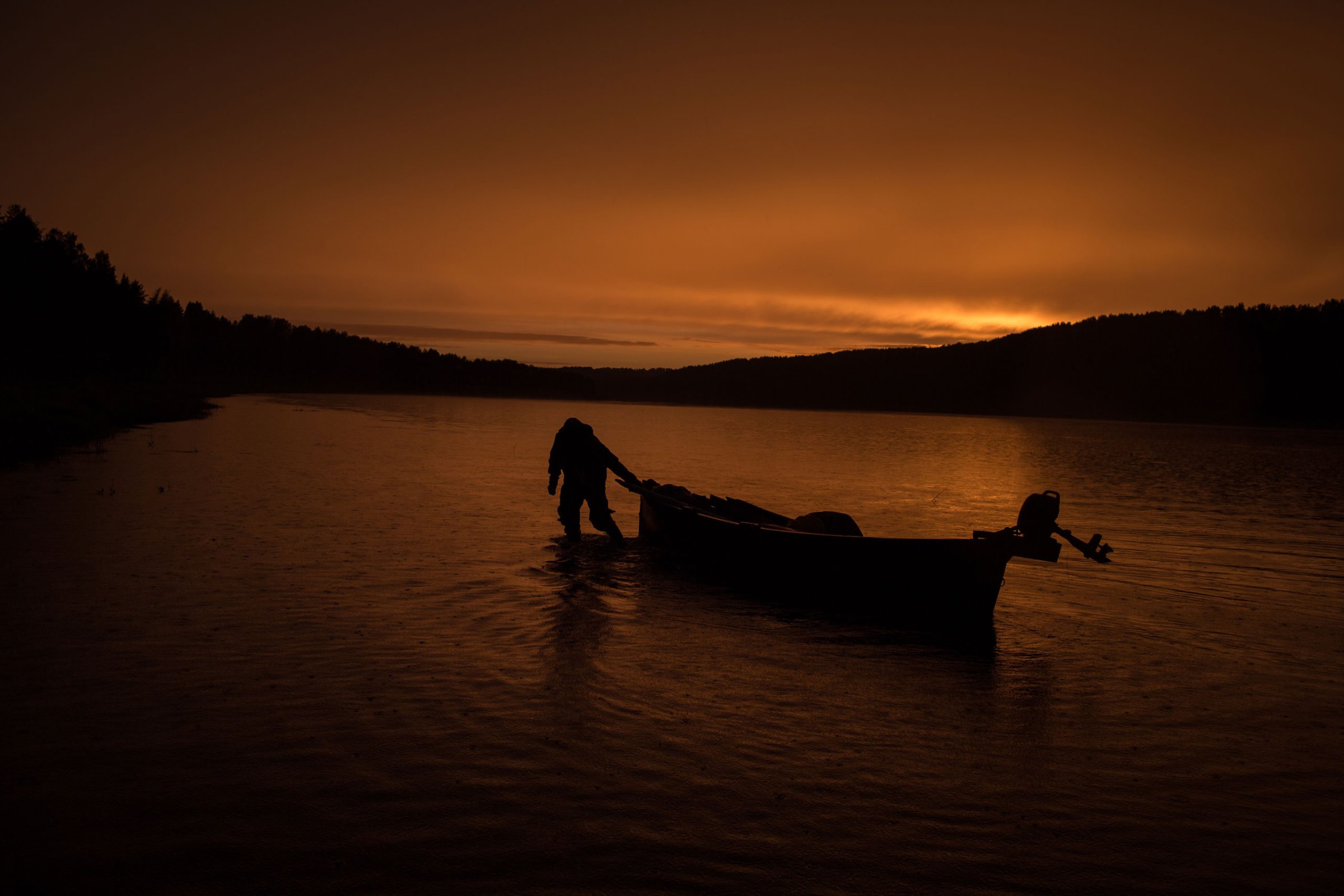
Russia is the largest country in the world. From the coniferous forests and bare steppes dotting the Eurasian belt to the frozen tundra and iced permafrost scattered on the Kolyma Mountains in Siberia, this immense territory showcases a diverse topography that spans over 6 million square miles of land.
Looking at Russia on a map, one can see large, shallow rivers that occasionally interrupt this vast landscape with oblique and vertical lines, like tangled veins nourishing a wide green leaf with their dense sap.
Historically, rivers played a crucial role in Russia’s economy. The Vikings who dominated the region during the ninth century largely used the streams to trade amber, wood, fish, slaves and fur, the “soft gold” and Russia’s main source of income. As hunting and trading expanded further north, rivers became the country’s main system for keeping Russian provinces, its cities and residents, all connected along the trade waterway.
“Rivers is just a starting point [of a great civilization,]” Russian photographer Denis Sinyakov explains. “Because of the rivers, Russia became so huge and so rich.”
But Russia didn’t always value this great resource. The Bolshevik revolution and then the Soviet regime transformed not only the course of economy — railroads and concrete highways substituted most of the waterways — they also instilled a work ethic that forbade entrepreneurship and restrained private initiative, curbing the spirit of the Russian people. As rivers lost their role as the central arteries of communication and trade, nearby villages on the waterways’ banks started to vanish.
Retracing the ancient, shallow, trade waterways forded centuries ago by traders and sailors, Sinyakov’s work, On the rivers, aims to document the complexity of disappearing villages while analyzing the economical and psychological repercussions on the remaining residents.
In the spring of 2014, and then again a year later, he joined carpenter and traveler Sergey Filenko, who had explored the region’s waterways for 13 years and had designed a tour of the ancient routes. The duo started from Sosnogorsk village, in the Komi Republic. They sailed along the Izhma River reaching its source and then carried the wooden boat to the Vychegda River, reaching the Arkhangelsk region. Overall they covered a distance of about 550 miles. In 2015, they journeyed 370 miles along the Sukhona River. They visited almost every village they encountered on their way to Vologda. Sinyakov also explored the northern regions by himself, visiting hamlets along the Usa and Ob rivers, once the final destinations of fur traders en route to the Arctic Ocean.
Traveling on the rivers was a peculiar experience for Sinyakov, a former photographer for Agence France-Presse and Reuters. “As a journalist, I know what I am going to say with a story, how I am going to take photos, and what kind of photos I have to take just to tell a story,” he says. “But this river story was completely different because I had no idea where I would go.” Most importantly, he had no idea what he would find. In Vorobyevo village on the Sukhona river, for example, the photographer met with the only resident left: Vasily Rasskazov, a sarcastic, heavy smoker who spoke about the Soviet Union with criticism and a touch of nostalgia, recounting memories from a grim past of oppression mixed with a beloved, but lost, youth.
“I wanted to show [the Russians] on one hand as simple people, but on the other hand as complicated people,” Sinyakov explains. “On one hand they are happy, but they are also unhappy. They are proud of the past, but nothing to be proud of in Modern Russia.”
There are still signs of hope, Sinyakov points out. A reverse trend might suggest a return of young entrepreneurs to the countryside, and young residents annually reenact ancient chants and dances to preserve their traditions.
“They just want to live a full life. Not a rich life, but a common life, like have enough money [for themselves,] enough money to educate their children, have a business, a nice neighborhood around them,” says Sinyakov. In a complicated tangle of contradictions that afflict their existence, many have turned to Putin as a savior, the photographer adds, as the president has given the country new luster and power on the international map. But little, if anything, has been done for the small villages.
Giving voice to the residents, the photographer urges his fellow countrymen to reflect on their conditions and come to terms with reality: “What happened during this Soviet Union? What is now? What will happen in the future?” These are the questions Sinyakov wants Russians to ask themselves.
Denis Sinyakov is a Moscow-based freelance photographer and videographer.
Mikko Takkunen, who edited this photo essay, is the former International Photo Editor at TIME.com.
Lucia De Stefani is a writer and contributor at TIME LightBox. Follow her on Twitter and Instagram.
Follow TIME LightBox on Facebook, Twitter and Instagram.
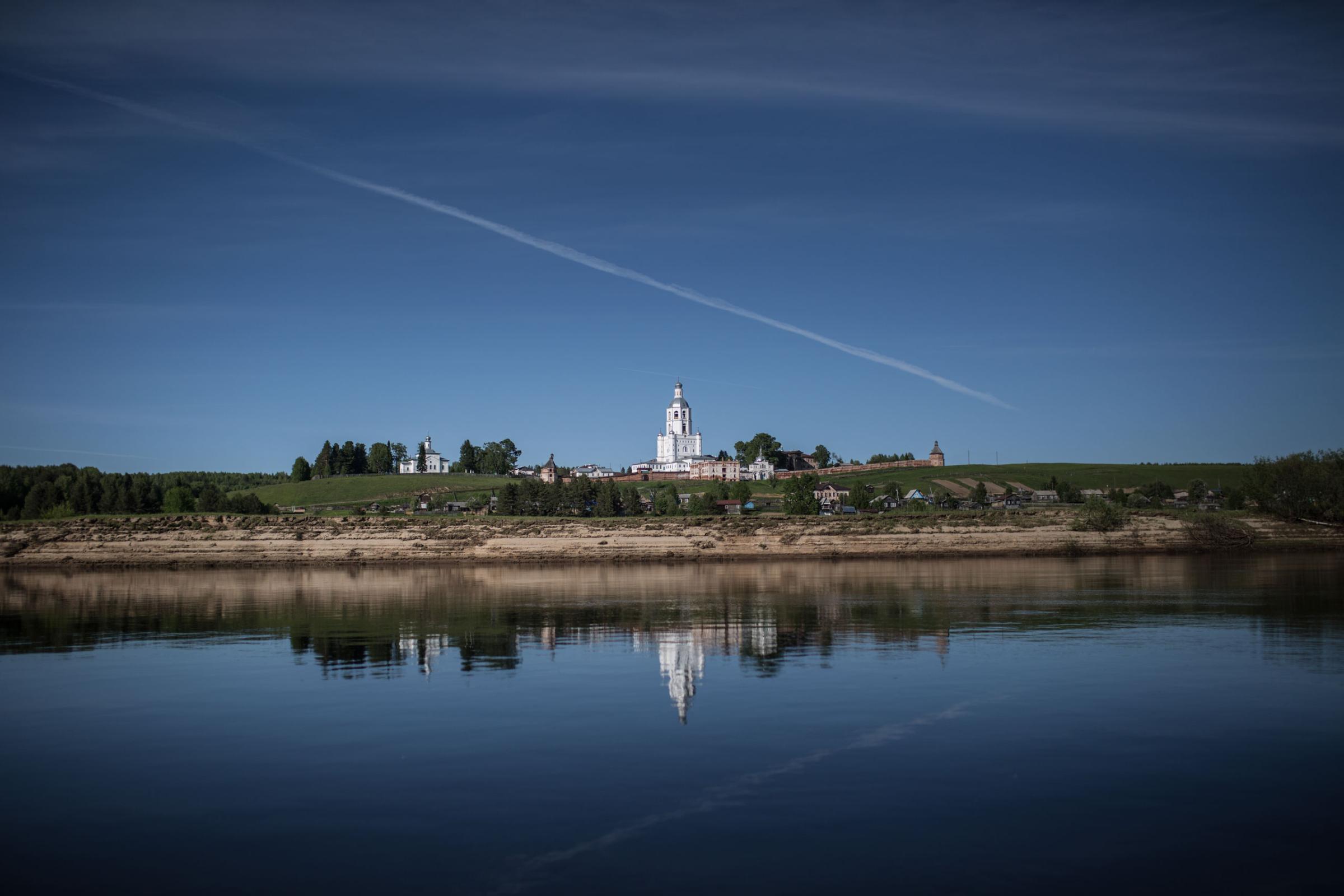
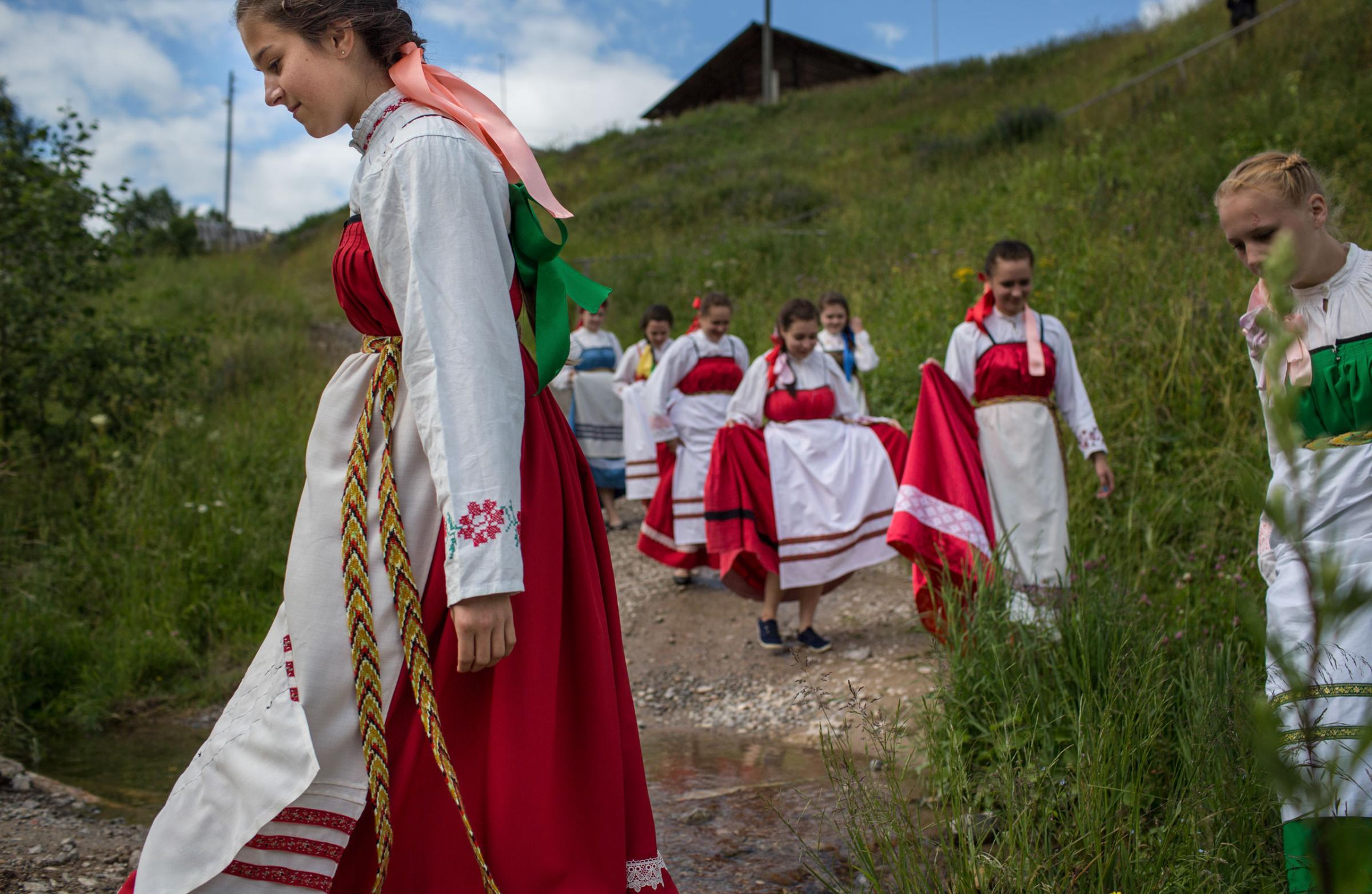
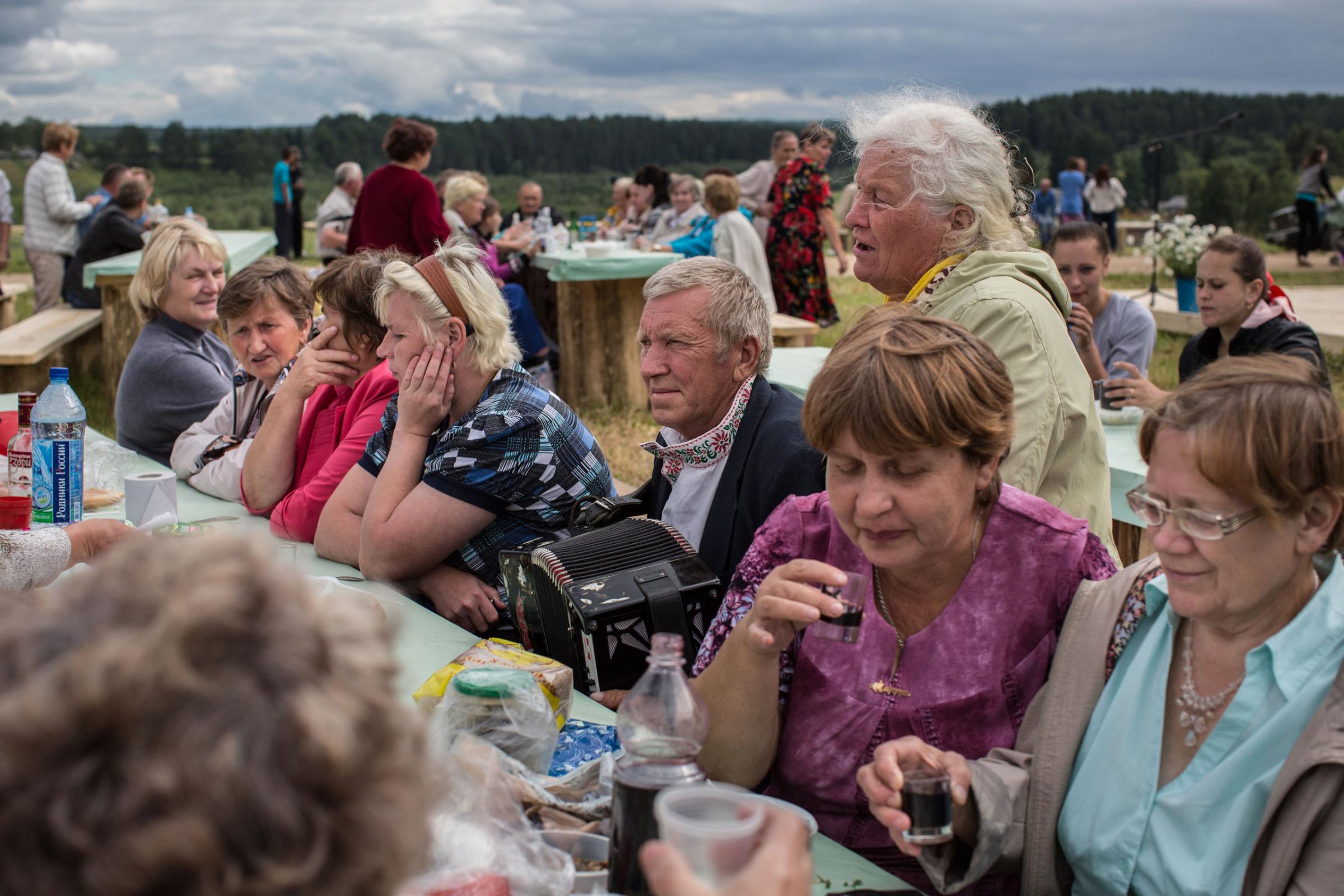
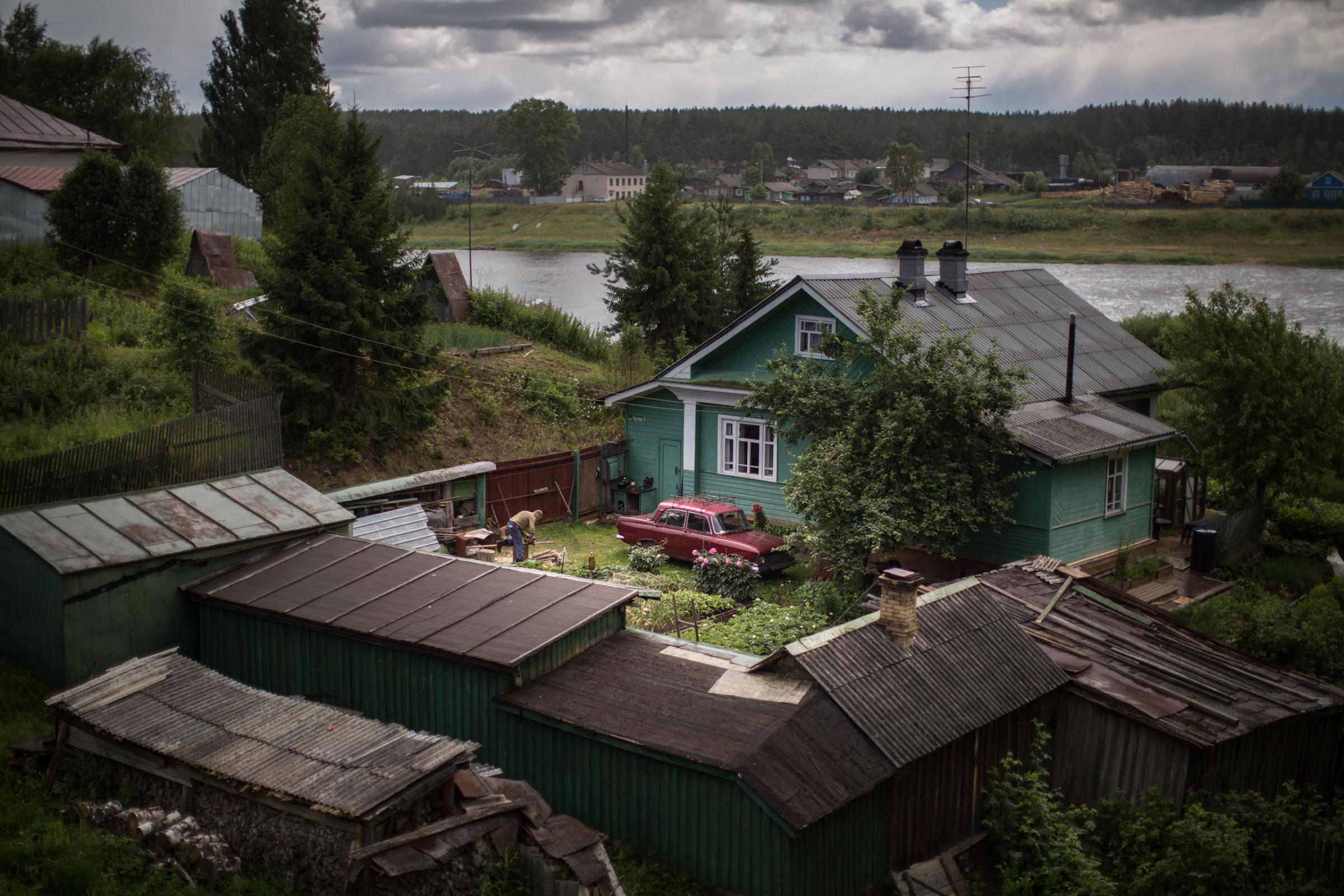
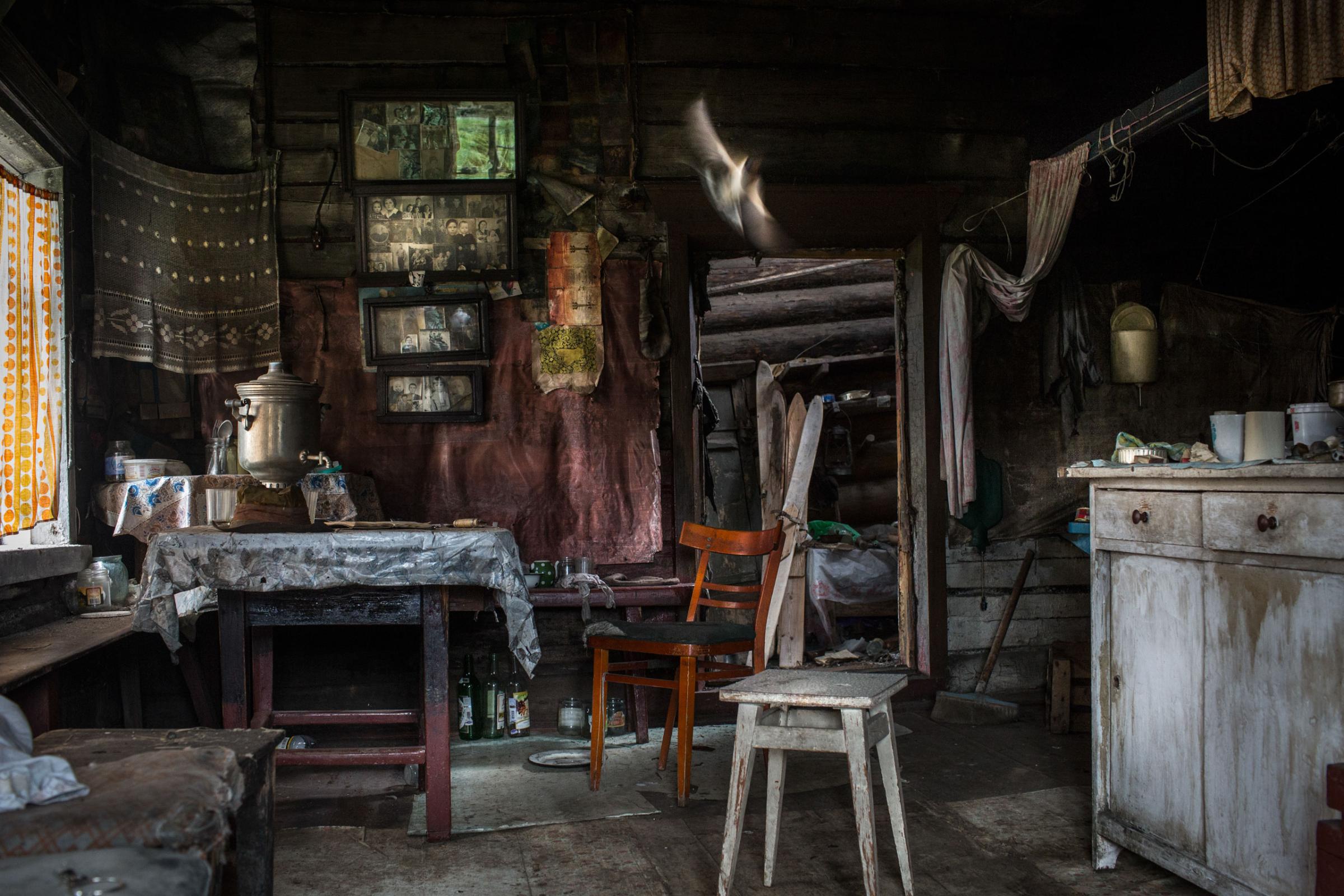



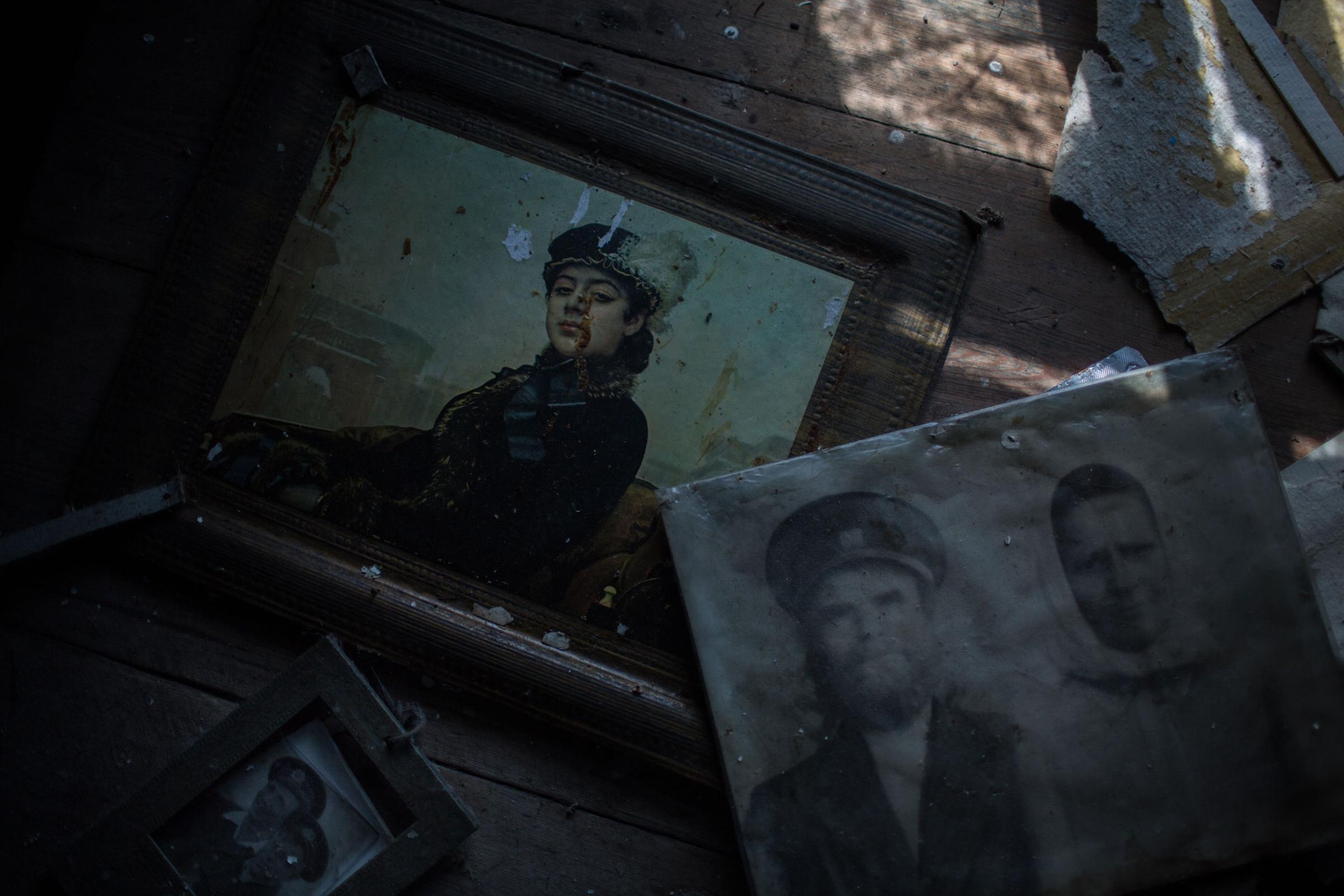


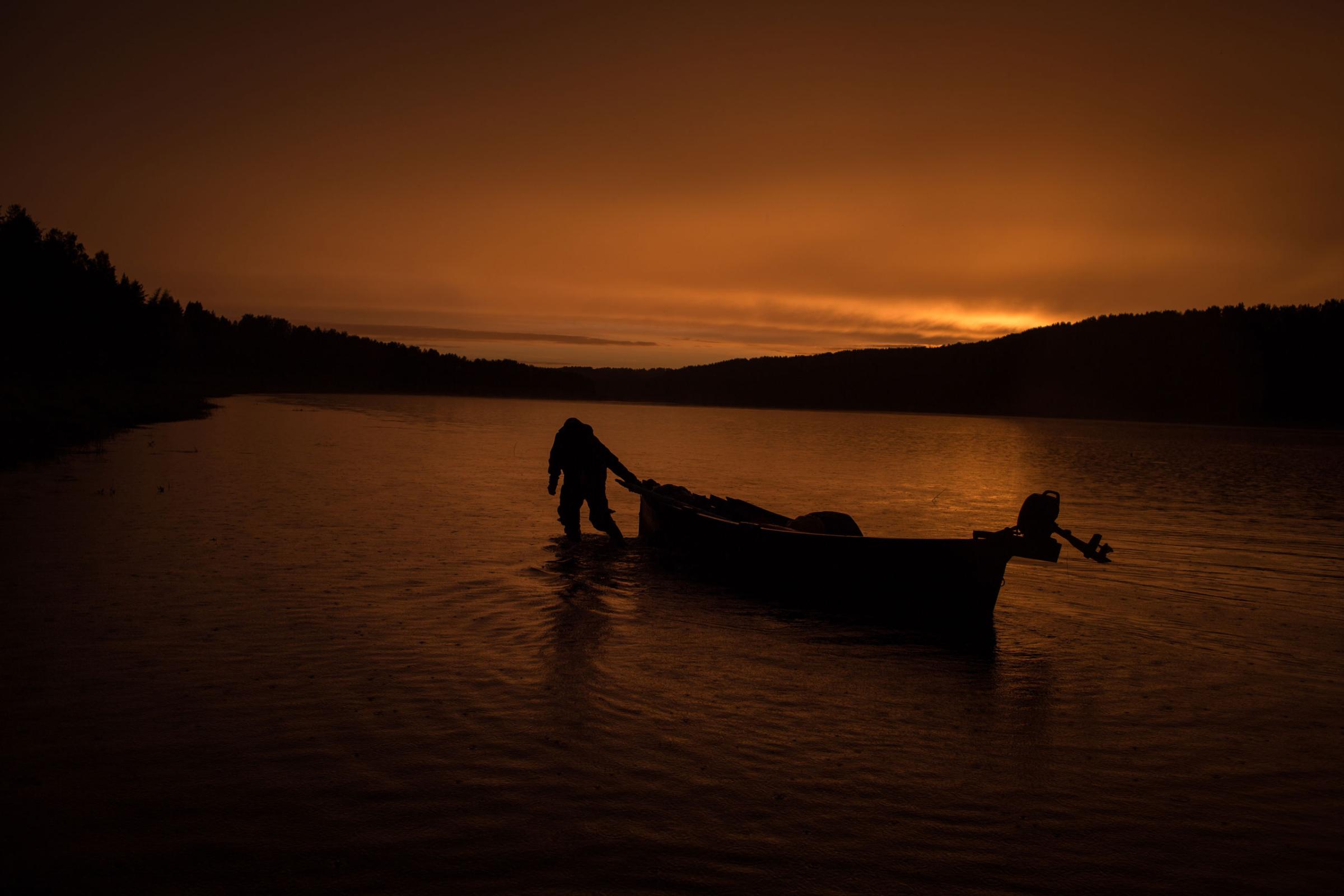
More Must-Reads from TIME
- Why Trump’s Message Worked on Latino Men
- What Trump’s Win Could Mean for Housing
- The 100 Must-Read Books of 2024
- Sleep Doctors Share the 1 Tip That’s Changed Their Lives
- Column: Let’s Bring Back Romance
- What It’s Like to Have Long COVID As a Kid
- FX’s Say Nothing Is the Must-Watch Political Thriller of 2024
- Merle Bombardieri Is Helping People Make the Baby Decision
Contact us at letters@time.com